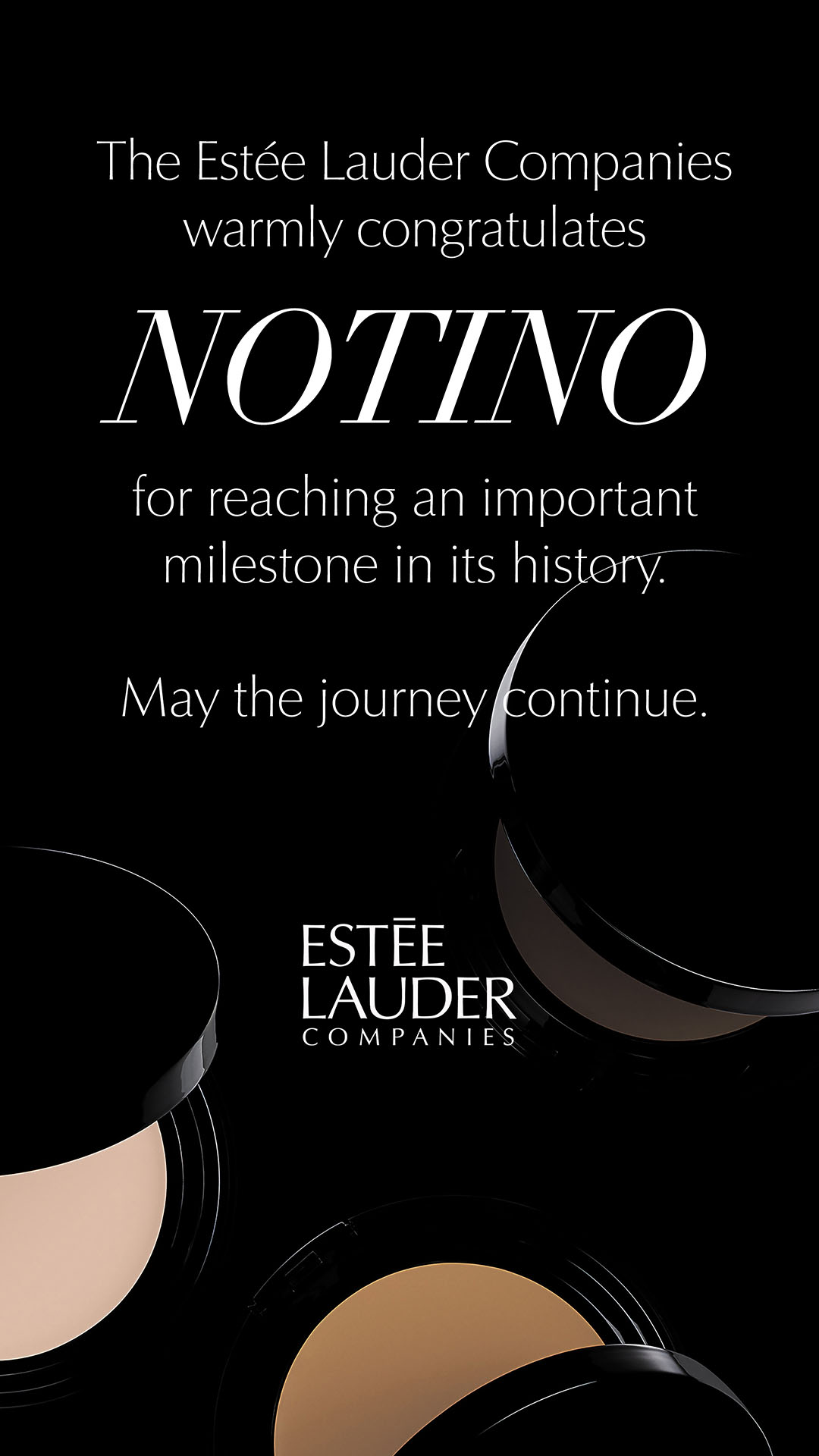When Notino went live in 2004 in the Czech Republic, most ecommerce businesses were peddling wares in the IT market. Or, as Notino CEO Zbynek Kocian puts it, products with a connection to innovation.
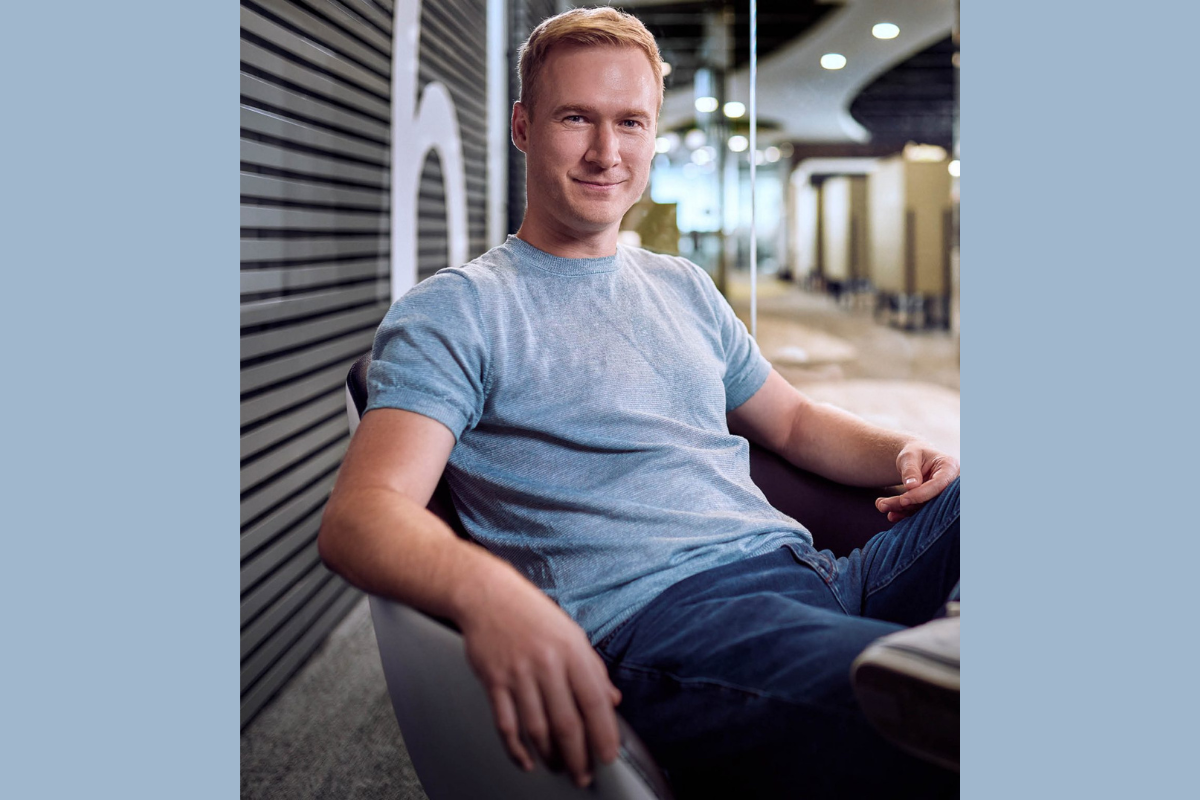
What few were doing in the online retail space was beauty, an age-old industry inextricably linked to emotion and reliant on the senses. In Notino’s case, this seemed even more important, since making the decision to purchase perfume relies on the ability to spray the fragrance, test it against your skin, breathe in the scent and feel the weight of the bottle in your hands.
It’s all part of the theater of the product.
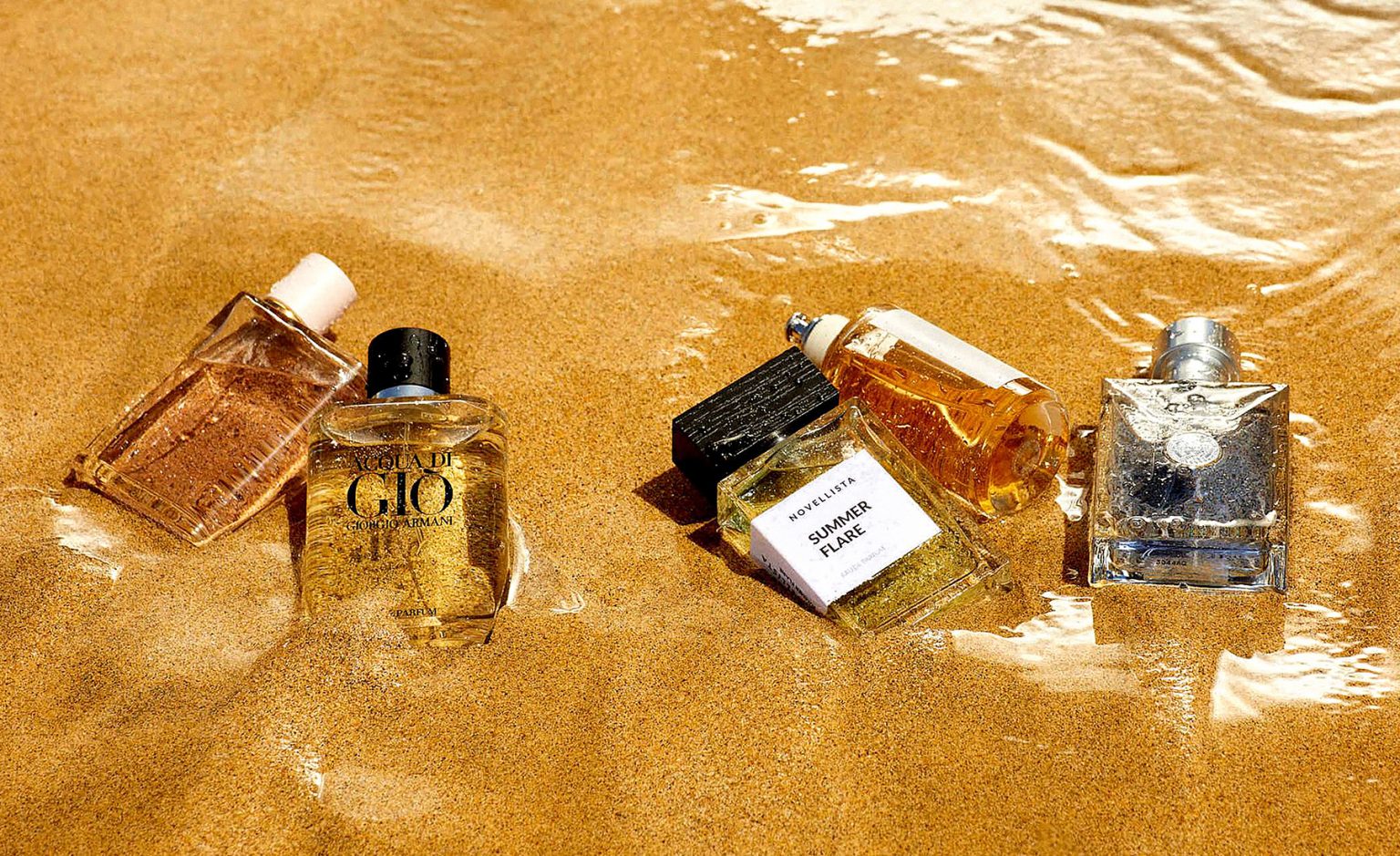
“At the start of Notino, the idea to sell fragrances was considered crazy because nobody can shop online for fragrance if they cannot try it,” he tells The CEO Magazine.
“But what lots of people don’t take into consideration is that, when it comes to perfume, more than 40 percent of people buy what they know,” Kocian explains.
As we all know, once we find a signature scent, we tend to stick with it for a long time.
Notino, therefore, was built on replenishment, while offering a price advantage over buying in-store.

When it comes to perfume, more than 40 percent of people buy what they know.
Rapid growth
The recipe may sound simple, but Kocian acknowledges that the strategy had its limits.
“Replenishment is nice, but we were only covering 40 percent of customer needs,” he says. “And even with just replenishment, the business isn’t easy. You need to have the right images, and you’re still only reaching just over a third of the market.”
Other opportunities were spotted to grow the nascent business. What about the customers who are buying perfume as a gift? How could the business service this segment of the market? Or those who are sold on the power of a beauty advert?
Processes were put in place to expedite fragrance samples, and investments were made in inspiring and educative content, such as how-to-videos. The impact started to be felt.
Just a year after its launch, Notino expanded to Slovakia. In its first 10 years, the online retailer had widened its reach to encompass Poland, Germany, Austria, Hungary, Romania, Ukraine, Bulgaria, Slovenia, Spain and Portugal as well.
Now, as it approaches its 20th birthday, the business has made a huge foray into Western Europe, and its presence extends toward the edges of the continent from Sweden to Greece and the United Kingdom and Ireland.
What some may have called risky business at the start has well and truly paid dividends.
“Today, we are a €1 billion [US$1.1 billion] company with, more importantly, 24 million customers,” Kocian says.
The scope of the business has moved beyond perfume as well, and customers can now shop for a full range of beauty products at Notino.
The turning point
Reflecting on these figures, Kocian can pinpoint a turning point in the mid-2010s. Instead of a patchwork network of different distributors in different countries, Notino decided that it wanted to remove borders and treat the procurement side of the business as a unified European Union of sorts.
“It was so limited at the time and traditional retail was separated into distinct distributor markets rather than one Europe,” he says.
An approach was made to all the big beauty brands to offer them one centralized organization.
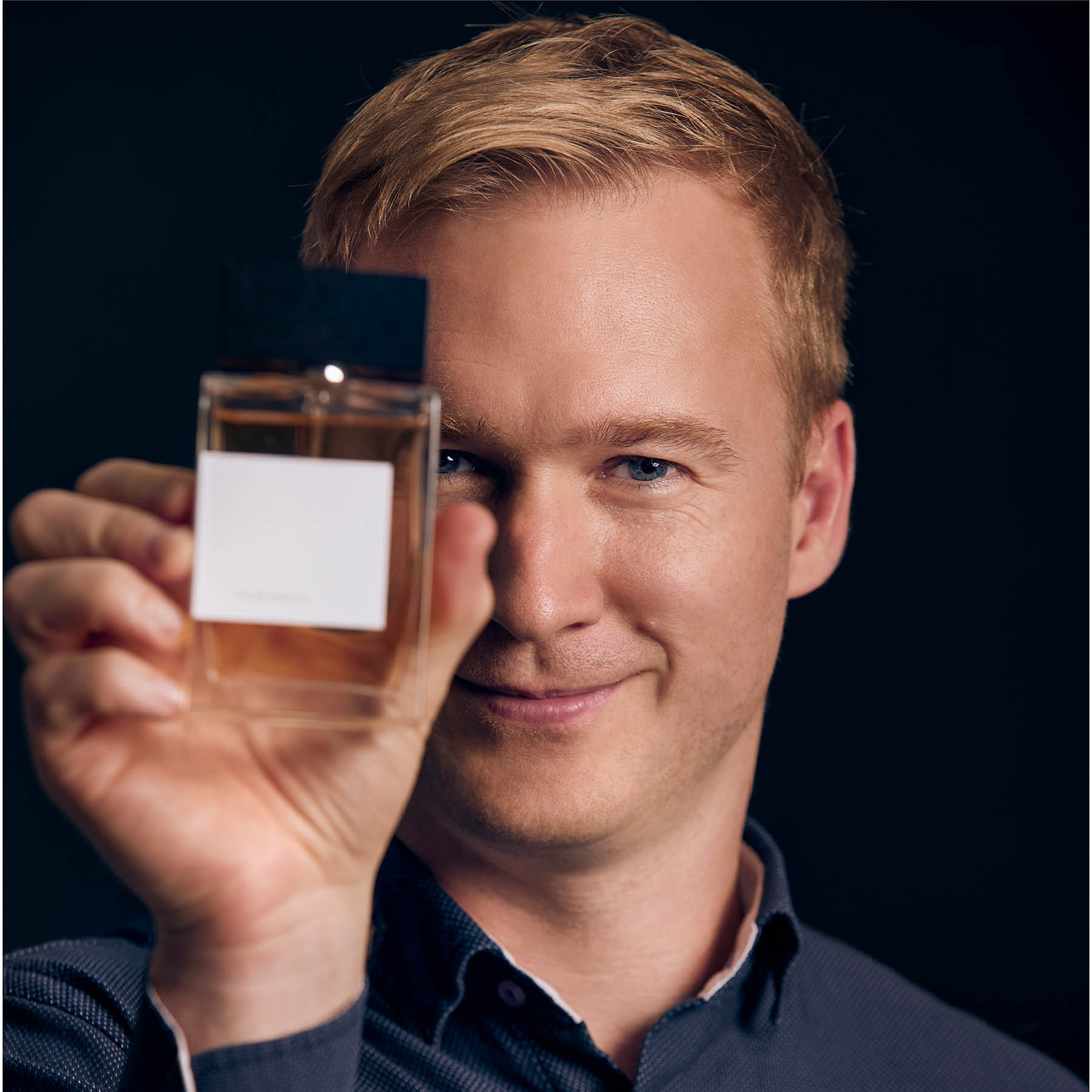
Our ecommerce sites are really giving life to the idea of the European Union in one market.
“We explained how we could cover all of Europe with proper quality but with much less complexity,” he explains.
The idea was novel in an industry steeped in tradition – and traditional ways of doing business. But the play worked.
“The benefits have been numerous and quick to follow,” he explains. “Our ecommerce sites are really giving life to the idea of the European Union in one market.”
This change of mindset was a big achievement for the startup and involved adapting to the world of the legacy brands, rather than demanding they change their organization to please what Kocian describes as a “small player in Europe”.
An omnichannel player
As a measure of its success, Notino has also started to roll out brick-and-mortar stores in Central and Eastern Europe – markets where the business is particularly strong – with impressive results. In some countries Notino now enjoys a 50 percent share of the combined online and offline perfume market.
“In these countries, we are the omnichannel player,” he says, explaining that nearly a third of footfall into the store comes from click-and-collect customers. Once customers set foot inside, the business has an all-important touchpoint: a chance to suggest different products or samples of new launches.
“It’s a powerful branding tool that the competition doesn’t have,” he explains. “It’s also about connecting with our customers in the networks where they are. Today we are in a great time where you can connect digital assets and consume them with the physical product thanks to innovation.”
With its omnichannel presence, customers coming into a store can access digital price tags with QR codes that redirect them to a product page with detailed information, including videos. For Kocian, it is a chance to combine the feelings that swirl around beauty with practical instruction.
“This is a time where we have such a big advantage compared to the past,” he says. “That link is so much easier.”
The foray into traditional retail hasn’t been easy, however.
“It’s an absolutely different world,” Kocian admits. “Like ecommerce, you need to study the psychology of the customers, how to work with them, what they like and don’t like, and so on. And we’re still discovering it.”
He feels that there’s still work to do to get to a point where the physical stores enhance the brand offering to the point he is happy with. Although, with a current Net Promoter Score of 82 percent, you get the feeling Kocian will only be satisfied with perfection.
Sustainable Steps
While much of Notino’s success has been built on the definition of Europe as a single entity for the beauty brands, Kocian is also aware of the customer touchpoints that would be more efficient if decentralized, such as fulfillment.
In the past, Notino’s distribution network relied on one single fulfillment center in the Czech Republic.
“In the middle of Europe, you can reach everywhere quite nicely,” Kocian says. “But we started thinking about ways that we could shorten the time the goods took to reach the customer.”
There were also sustainability questions raised around goods that may have traveled unnecessarily around the continent on their journey from supplier to retailer to consumer.
As such, the company is now decentralizing its warehouse structure to be closer to the customers and offer faster delivery time. Automation is also enabling environmental savings in its customer deliveries.
The data guy
Kocian is a self-described numbers person. “I started as the finance guy,” he says.
A financial engineer by qualification, he worked in various financial roles in the Czech Republic before joining Notino as CFO in 2015. A promotion to Commercial Director quickly followed, and then CEO in 2019.
“Data for me is very important, especially in decision-making,” he says. And he’s drawing on numbers and figures as he looks to address his key focus in the business: simplifying the customer journey.
“It’s about spending time where you want, and not on routine tasks, which are boring,” he says. “Buying beauty is something that you can and should enjoy.”
A website that can pre-fill your delivery address or remember your payment details, for instance, frees up time from the doing of buying to spend time on the inspirational or educational aspects of the experience.
“We are heavily working on personalization,” he explains. “We already have personalized listings, but we are going so much deeper in terms of personalized banners and communications.”
Then there are the self-diagnosis tools that cover topics such as fragrance, skin care and makeup color preferences that are set to expand even further.
“When you log in to your profile, you can tell us what you already use and like and based on that we will prepare, according to your profile, a selection of suggestions for future orders as well as keep you posted of new product launches and send you samples of them,” he says. “Essentially, you will become the king of your selection.”
Kocian understands that anything involving the customer journey also is reliant on the input of the beauty brands themselves – especially key suppliers such as L’Oréal, Estée Lauder and Coty International (Rimmel, Max Factor and Bourjois, among others).
“We want our customers to have better access to beauty and health products and that the products that are best for them, rather than the brand, are promoted,” he explains.
As such, he and his team are spending hours in discussion with the different players to demonstrate to them exactly how technology can improve the customer journey.
“We are all really enjoying the process,” he says.
Speed and agility
After his time at multinationals such as Deloitte, Kocian says that much of what attracted him to Notino was the speed of decision making.
“Previously I was working for subsidiaries of big corporates, and they don’t have a say in the decisions or the creation of strategy,” he explains. “Here in Notino, if we see something that’s not perfect, we can make it better. We really can – and do – make decisions.”
As he does, he says he learns something new every day. In many cases, the learning curve and the process becomes more important than the result itself.
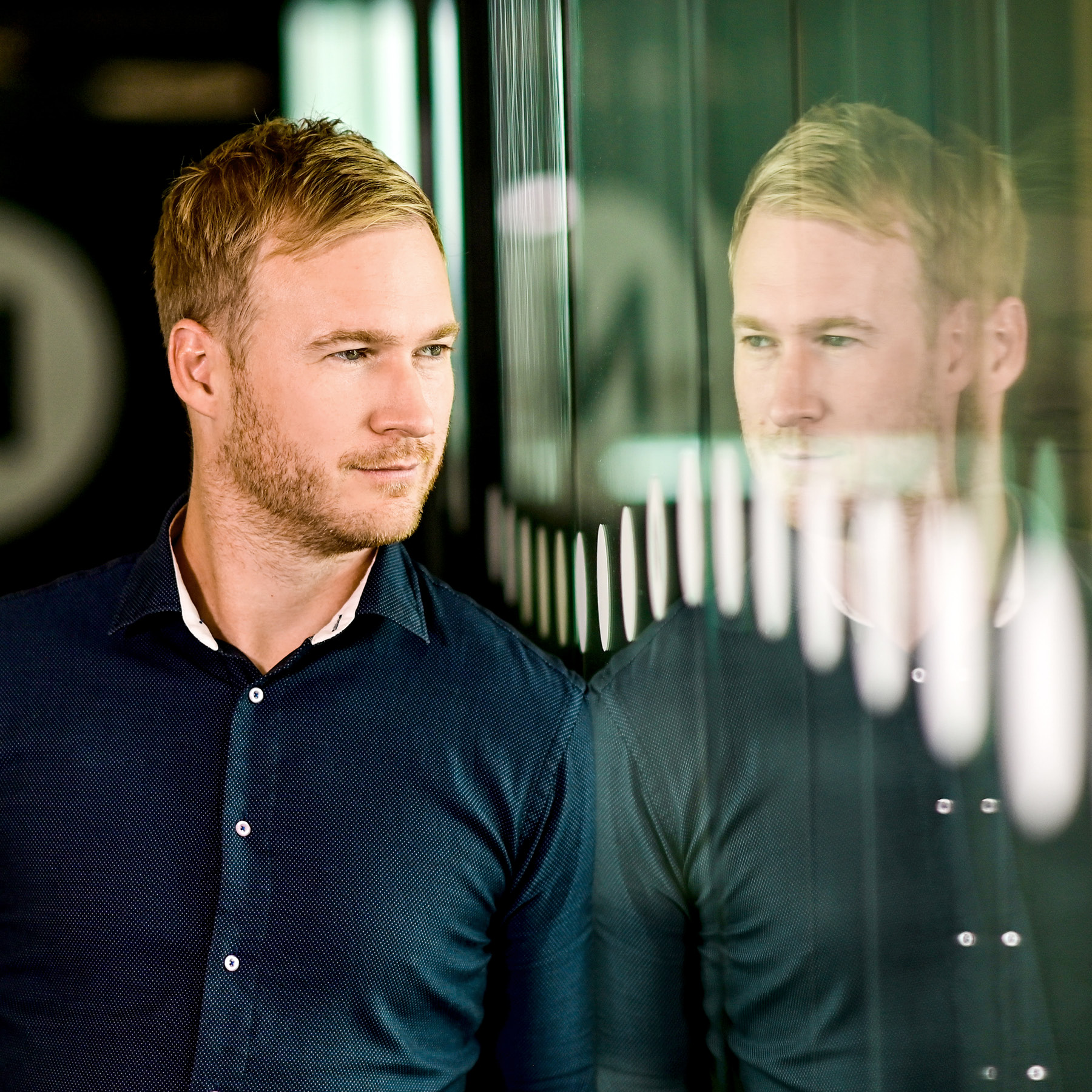
If we see something that’s not perfect, we can make it better. We really can – and do – make decisions.
“Because you are learning new skills and you are much more self-confident in the future,” he explains.
He uses the example of the Russia–Ukraine war as an example of just how agile he can be in the role and the confidence he has taken from it.
“The day of the invasion, we were the first in the Czech Republic to decide to immediately put a halt to our business in Russia,” he says. At 9am, Kocian gave an interview on TV and made the announcement, having just come out of an early morning crisis meeting with his team.
“We were discussing what to do and we made a really fast decision,” he says.
A changing mindset
As he looks to push ahead with growth plans, Kocian understands that the spirit of the business needs to evolve as well.
“When you’re a business of 200 people, like we were in the past, it was OK to have a handful of people responsible for the fast decisions,” he explains. Now as the team approaches 2,000, he appreciates the complexity an increased workforce brings. “You need to have strong teams that can talk together, and understand each other.”
He is paying particular importance to changing the mindset of the company.
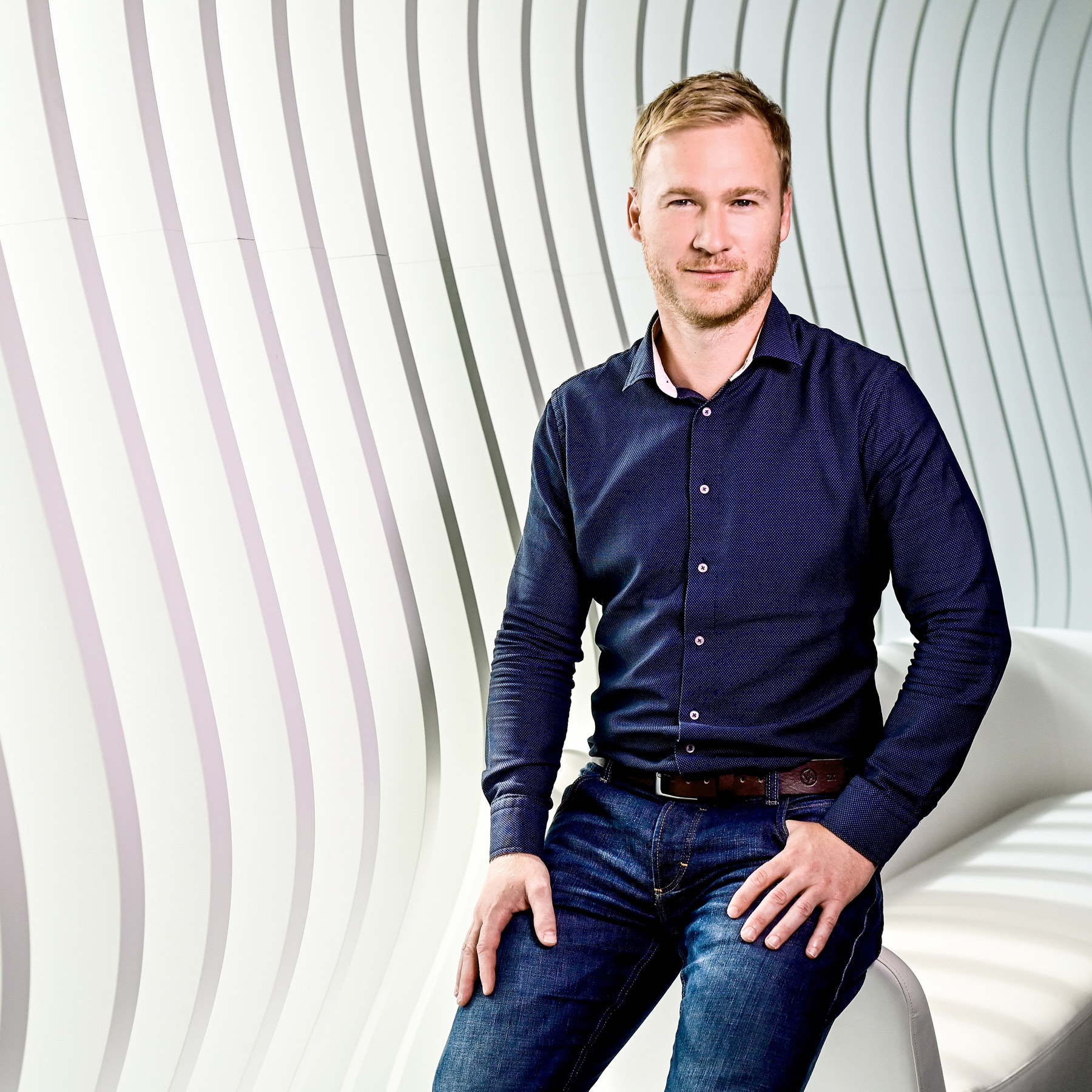
The spirit in which we started will also continue into the future.
“We need to talk about teamwork more and talk about innovation that no longer comes from two or three people, but from 2,000 of them,” he says.
If everything aligns, the sky’s the limit for what Notino can achieve.
“We believe that we will be able to reach around €2.5 billion [US$2.8 billion] in revenue in the next five to six years,” he says. “This is something we are targeting today based on our history, but we know it’s an incredibly high figure and we’re not taking it as a given.
“To get there, we need to change a lot of facets of the customer journey inside the organization. I know it won’t be easy, but we’ve already surprised ourselves and others in the past. And I believe that the spirit in which we started will also continue into the future.”

